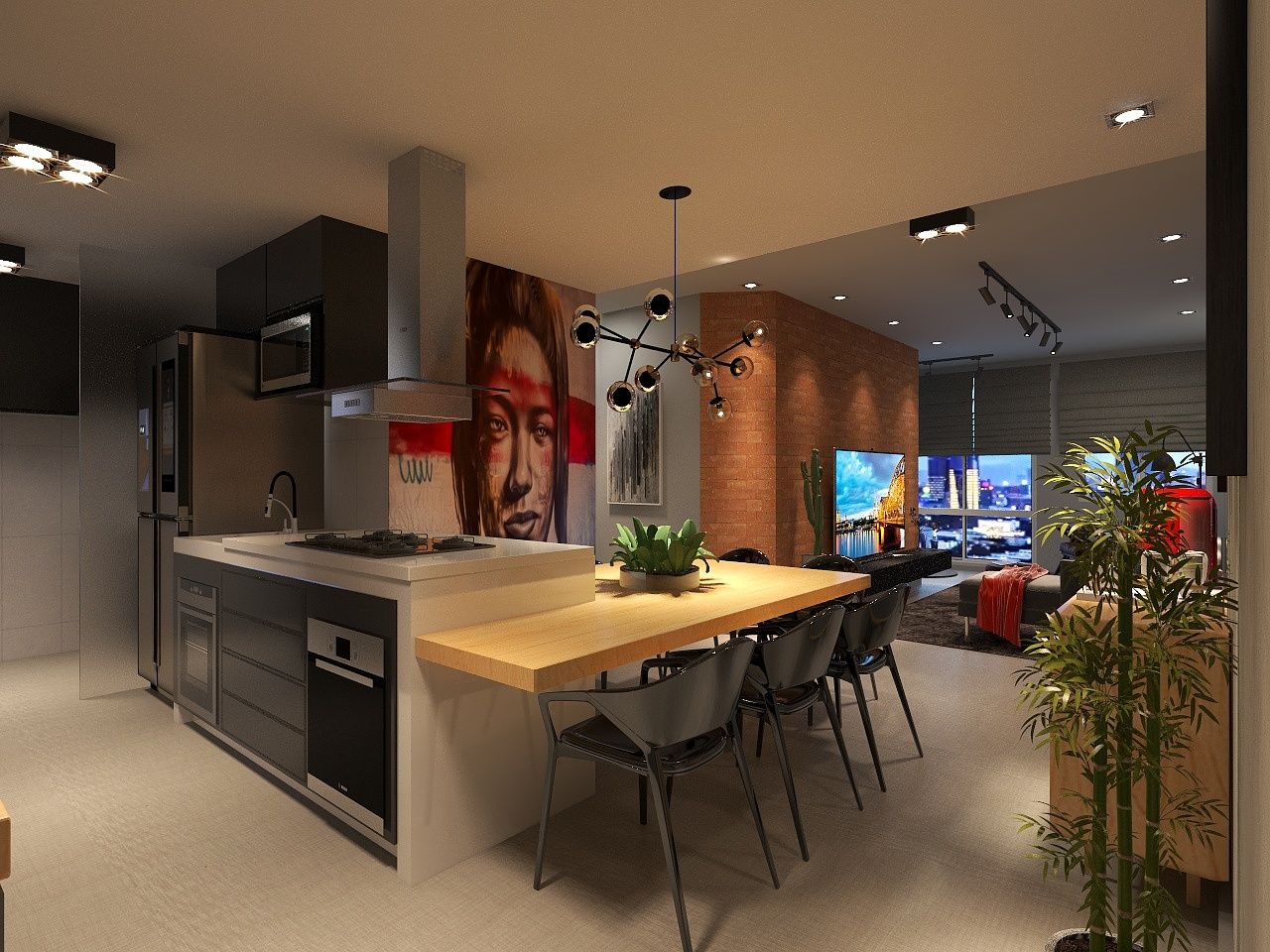Unlocking the Benefits of Residential 3D Rendering: Explore How 3D Rendering Transforms Home Design

Residential 3D rendering is revolutionizing the way we visualize and design homes. With the ability to create lifelike representations of spaces, 3D rendering enables homeowners and designers to make informed decisions about layout, materials, and aesthetics before construction begins. This technology offers a clear advantage, especially for small space designs, where every inch counts. Imagine walking through a virtual model of your home, seeing how the furnishings fit, and adjusting elements in real-time, all from the comfort of your couch.
Benefits of Residential 3D Rendering
1. Enhanced Visualization: 3D rendering allows you to see your designs in a realistic context. You can explore color schemes, textures, and furniture placements to better understand how your space will look.
2. Improved Communication: With 3D visualizations, you can easily share your ideas with family and designers, ensuring everyone is on the same page.
3. Cost Efficiency: By identifying design issues early in the process, you can avoid costly changes during construction, saving both time and money.
How 3D Rendering Works
Creating a 3D render typically involves several steps:
1. Initial Design: Start with a basic layout of your space.
2. 3D Modeling: Use software to create a three-dimensional model of your design.
3. Adding Textures and Materials: Apply realistic textures and materials to your model to enhance its appearance.
4. Lighting: Incorporate natural and artificial lighting to give your design depth and realism.
Choosing the Right Software for 3D Rendering
When selecting software for residential 3D rendering, consider these factors:
1. User-Friendliness: Look for programs that are intuitive and easy to navigate.
2. Feature Set: Ensure the software includes tools for lighting, texture application, and furniture placement.
3. Support: Check for tutorials and community support to help you learn and troubleshoot.
FAQ
Q: What is residential 3D rendering?A: Residential 3D rendering is a digital process that creates realistic three-dimensional images of home designs, allowing for visualization before actual construction.
Q: How can 3D rendering improve my design process?A: It enhances visualization, improves communication among stakeholders, and helps identify potential issues early, saving costs.
Q: Is 3D rendering expensive?A: Costs can vary, but investing in 3D rendering can ultimately save money by preventing costly changes during construction.
welcome to Use No.1 Home Design Software
Please check with customer service before testing new feature.

